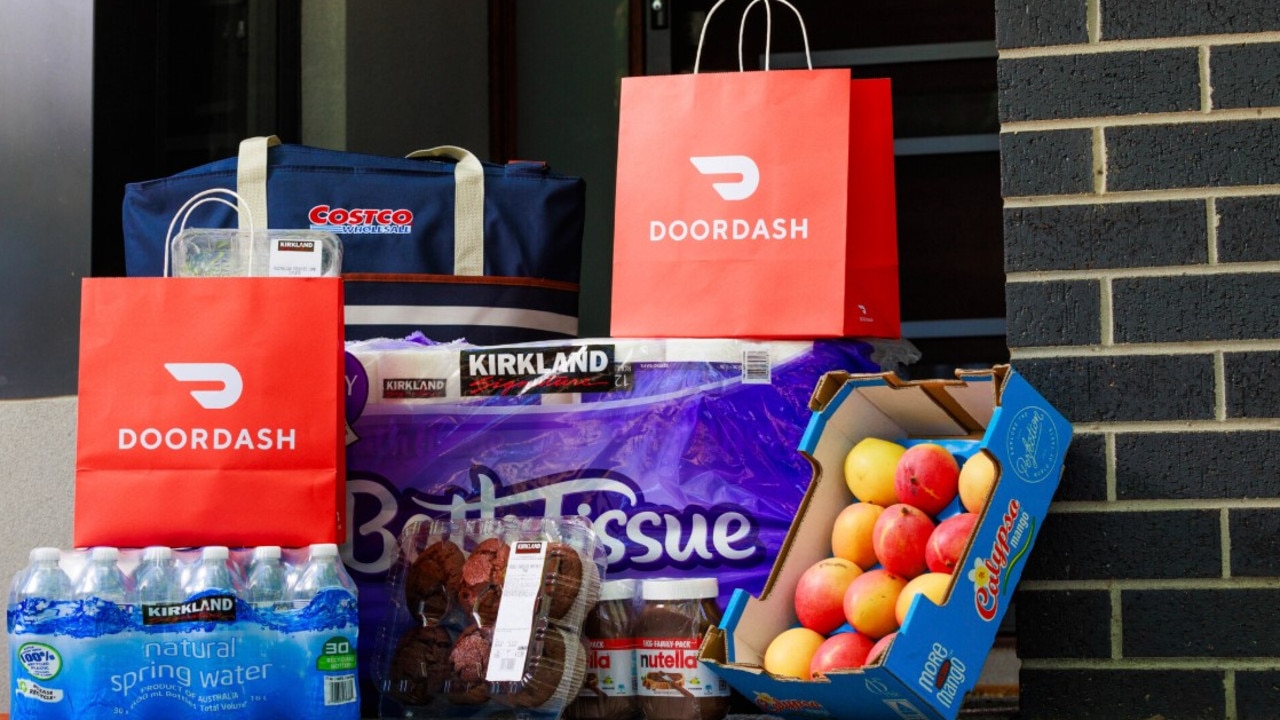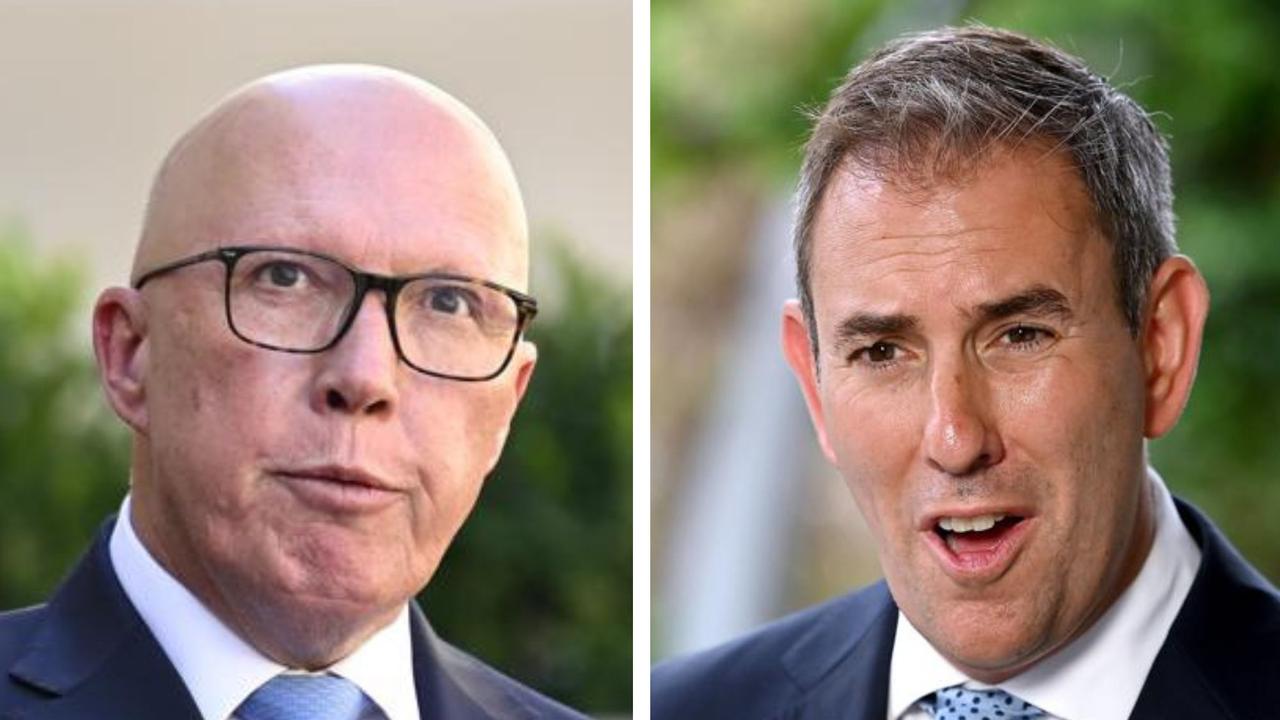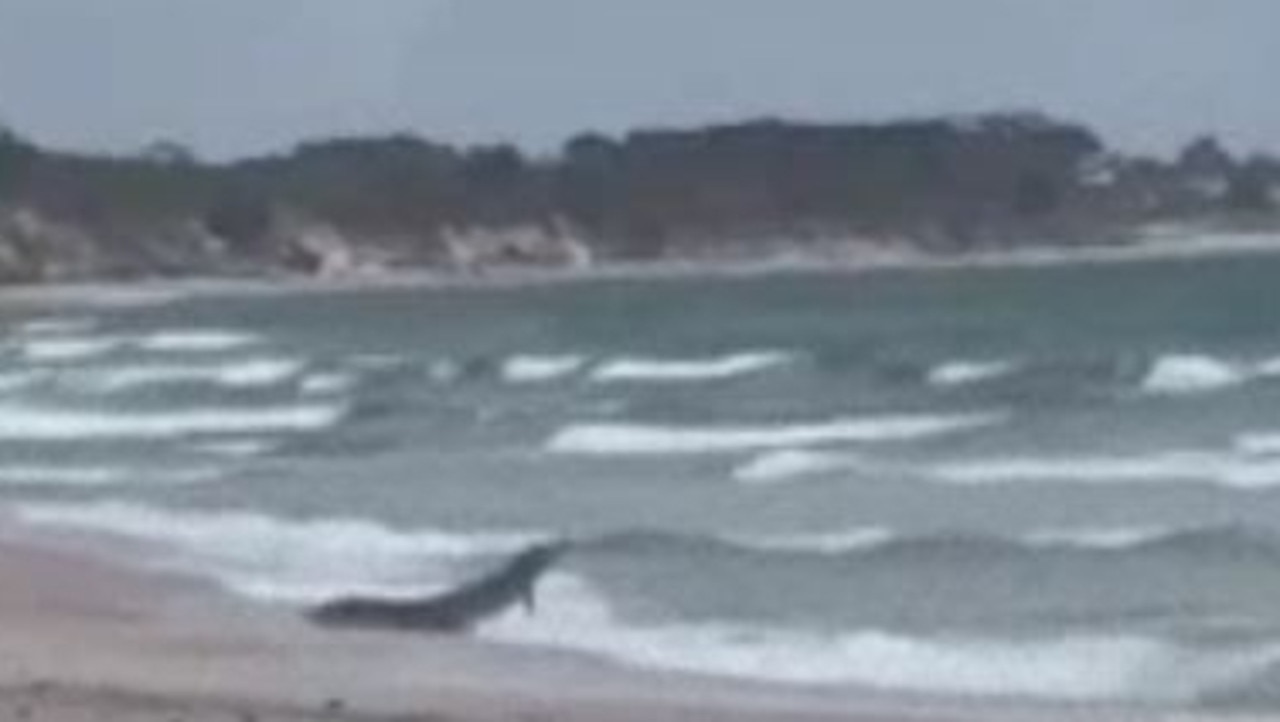‘Out of control’: Anthony Albanese’s big migration fail revealed in budget update
The budget update has confirmed the government’s plan to slash net migration to 260,000 this financial year has missed the mark – by a long way.
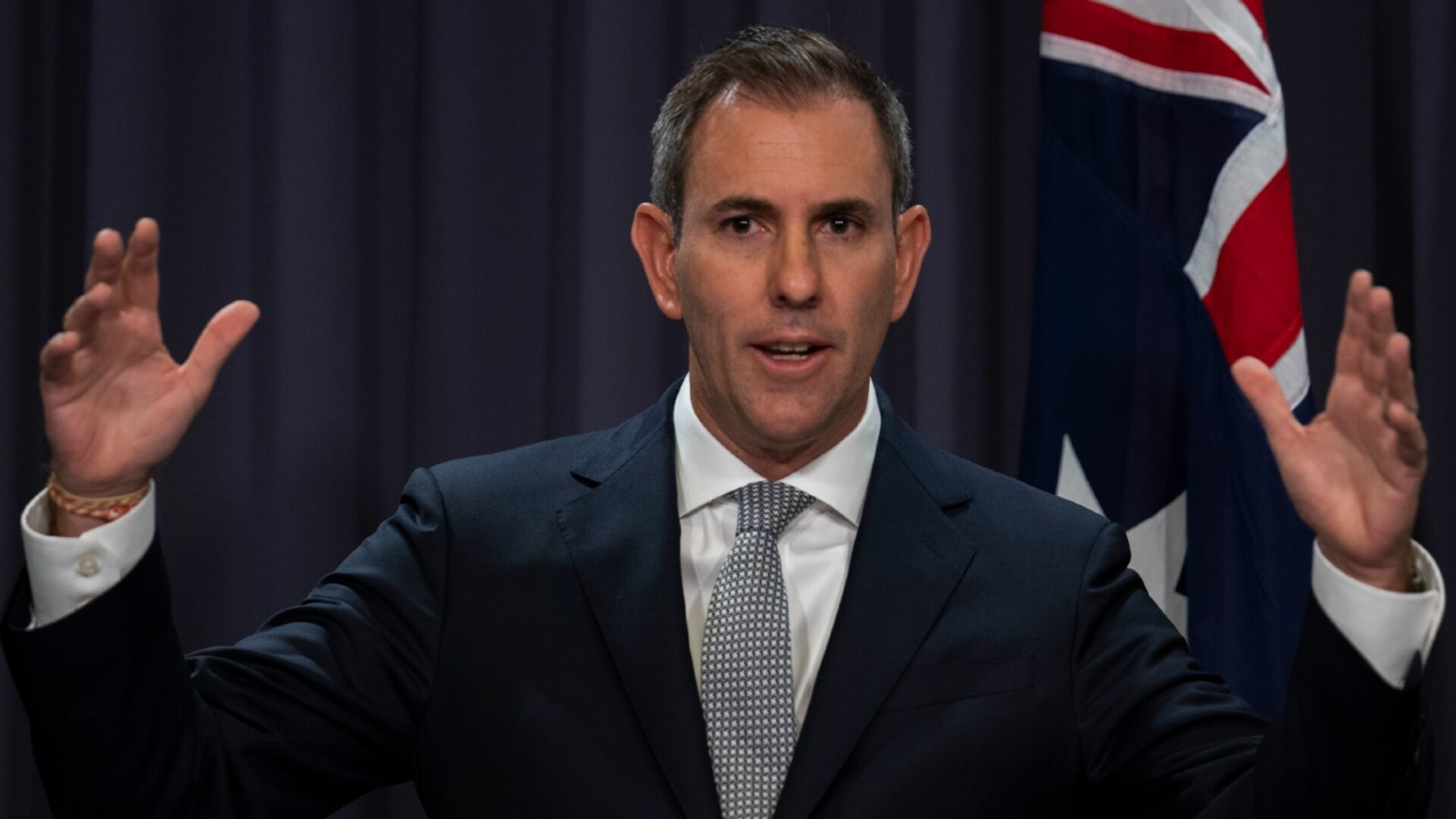
Australia’s net-overseas migration intake has blown out to 340,000 people according to the mid-year economic outlook, prompting claims Labor’s management of the post-pandemic surge in migrant arrivals is “out of control”.
The budget update confirms that the Albanese government’s plan to slash net migration to 260,000 this financial year has missed the mark by a long way fuelling the housing crisis.
As the budget update revealed a blowout in Australia’s cumulative deficits over the next four years, buried in the detail is another blowout to Australia’s migration intake.
In May, Labor’s budget projected net migration would be slashed from 528,000 in 2022-23 to 260,000 in 2024-25.
But the budget update reveals that as Australians are being hit hard by interest rate rises and rising rents as demand for housing surges that migration hasn’t fallen as expected fuelling demand for housing.
“People are just staying for longer, I don’t have a more granular sense than that,’’ Treasurer Jim Chalmers said.
“We account for that, allow for that, we still have net overseas migration being managed down to more normal levels in a methodical and considered way with a departures issue is the thing that is slowing that up a little bit.
“On net overseas migration, the net overseas migration spike after COVID has peaked and is coming down and that is before some of the measures that we are - that we have put in place, kick in.”
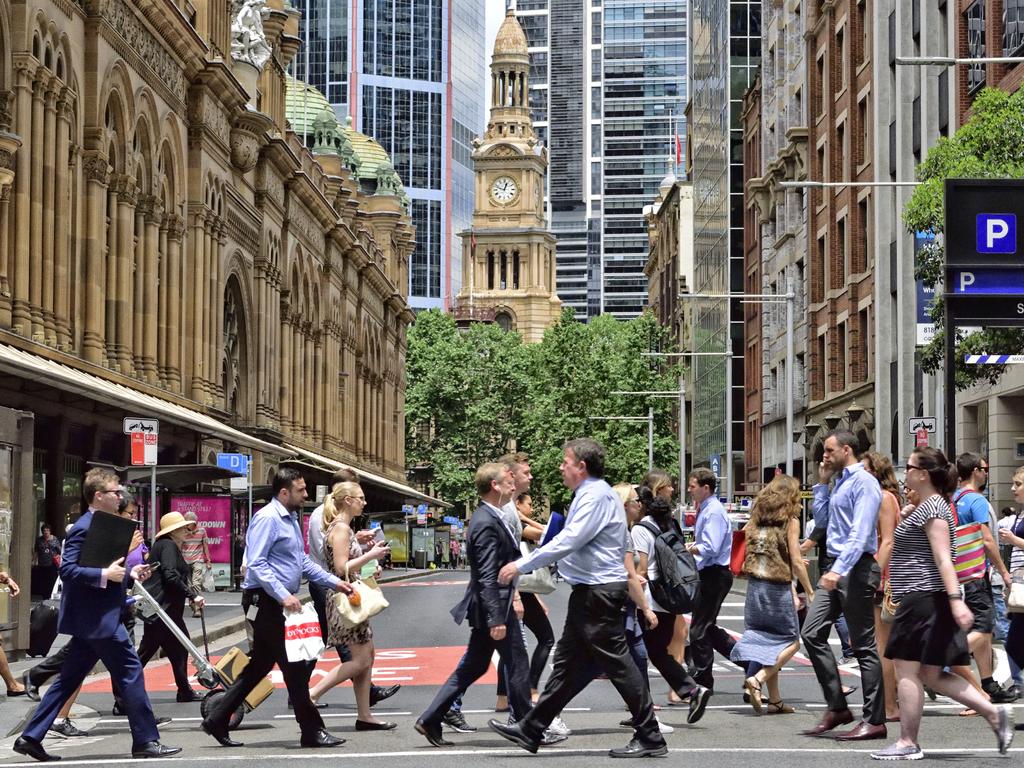
Despite predictions in the last budget that Australia’s intake of migrants will fall sharply — halving in two years — MYEFO shows that is not the case.
Instead, the MYEFO documents tell a different story revealing the predicted intake of 260,000 has blown out to 340,000 – a blowout of 80,000 more migrants than expected.
“Net overseas migration peaked in 2022–23, and is forecast to decline over the forward estimates,’’ MYEFO states.
“While the number of new arrivals is declining in line with expectations at Budget, departures were lower than expected in 2023–24. Departures are expected to pick up over 2024–25, albeit at a slower rate than anticipated at Budget.”
Opposition housing spokesman Michael Sukkar told news.com.au that the blowout would increase the pressure on Australian households.
“With fewer first home buyers, rapidly rising rents and less homes being built, it’s outrageous that Labor remains determined to run a massive migration program in support of its policy for a ‘Big Australia,’’ Mr Sukkar said.
“In contrast, the Coalition will reduce migration and free up at least 100,000 homes for Australians to alleviate Labor’s housing crisis.”
Mr Chalmers insisted the government had plans in place to “manage that net overseas migration level down to something that is a bit more normal”.
“It has peaked, it is coming downm” he said,
“It is coming down slower than what was anticipated in the budget really for one main reason and that is because there has been fewer departures. The Treasury has been more or less bang on when it comes to arrivals but departures have been slower.
“People hanging around for longer and that has meant that the number is coming down more slowly.”
Dr Chalmers said the Albanese Government was trying to manage “a bumpy runway”.
“In terms of the soft landing, we’ve always said that we are trying to manage a soft landing on a bumpy runway and that continues to be the case but a lot of the worst of the inflationary
pressures, for example, are behind us,’’ he said.
According to the budget, higher interest rates and cost-of-living pressures weighed on households in 2023–24, resulting in weak household consumption and lower savings.
The Treasurer has previously stated that net overseas migration (NOM) – which measures the difference between the number of international arrivals staying longer than 12 months, and the number of long-term and permanent departures – would likely outstrip forecasts because departures had been lower than expected.
“When it comes to arrivals, we’re more or less tracking as we expected, but when it comes to departures that’s been the big difference,” Dr Chalmers told Sky News.
“That’s why there is likely to be a revision of those net overseas migration forecasts because of those fewer departures.”
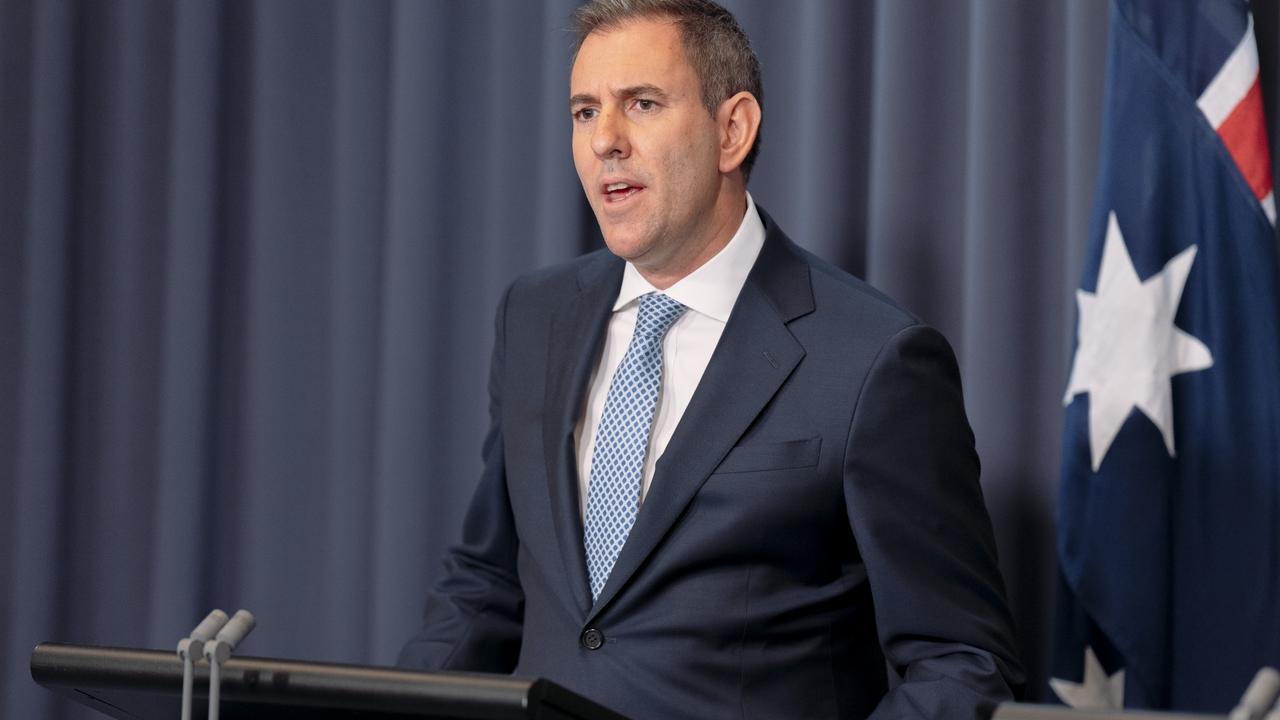
Warning on Australia’s migration intake
Earlier this year, Sustainable Population Australia released a position statement supported by prominent Australians like millionaire entrepreneur Dick Smith and academic Professor Ian Lowe, that has since attracted 12,000 signatures from everyday people.
Peter Strachan, national president of the lobby group SPA, said the document has become “the prime tool people can use to show how they feel about excessive population growth”.
“Australians see no benefit to their quality of life following Australia’s 8.2 million or 43 per cent population growth since the year 2000,” Mr Strachan said.
At the current level of growth, an additional 4200 dwellings are needed each week to keep pace, but the number being built is 1000 less than that.
Diana Mousina, deputy chief economist at AMP, agreed the record increase in immigration was adding to housing market pressures.
“Demand for housing is running well above supply,” Ms Mousina said.
“Housing demand is tracking at around 220,000 per year but dwelling completions, which are indicative of housing supply, [were about] 175,000 in 2023.
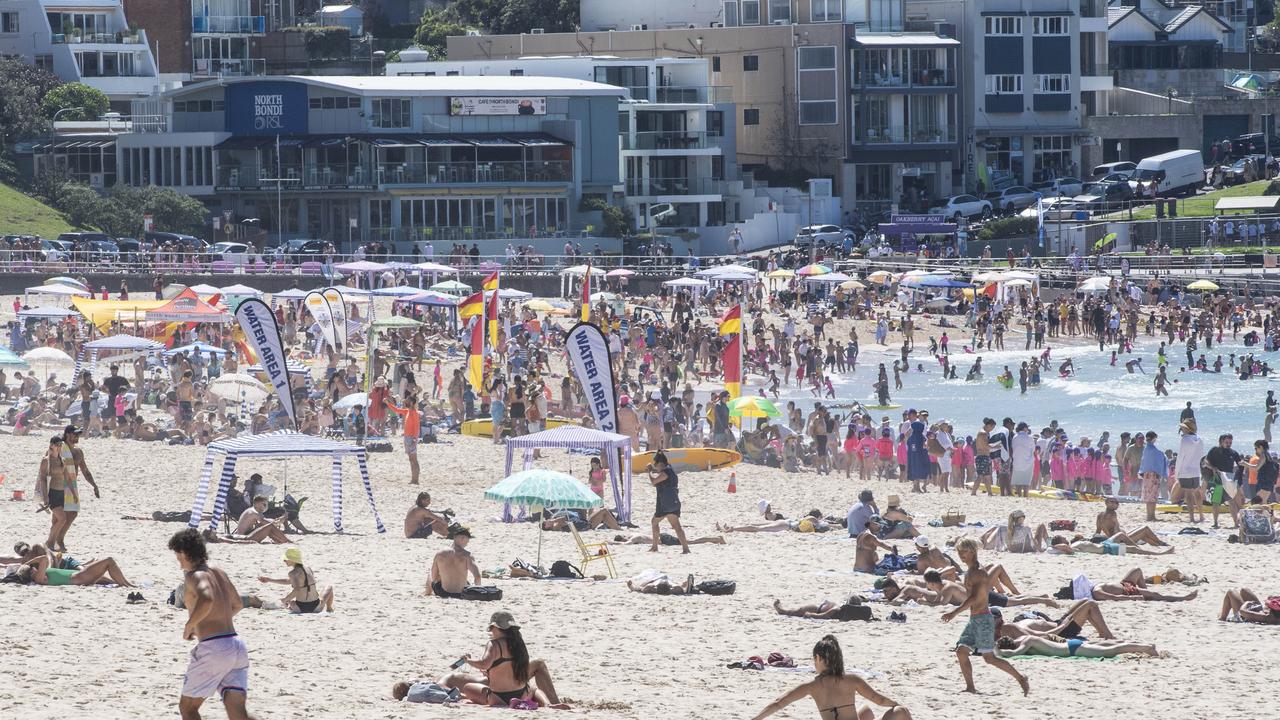
Budget back in the red
Australia’s budget is back in the red according to MYEFO with cumulative forecast deficits blowing out to $143 billion over the next four years in a significant increase to what was expected in the last budget.
Jim Chalmers had previously refused to say whether the combined $122.1bn deficits forecast over the next four years.
Figures from the May budget forecast a slim surplus of $9.3bn for the 2024-25 financial year, followed by four consecutive deficits for $28.2bn in 2025-26, $42.8bn in 2026-27, $26.7bn in 2027-28 and $24.3bn in 2028-29.
Insisting that the budget position is much better than the Albanese Government inherited – when the deficit was forecast to be almost double that amount at $47.1 billion Treasurer Jim Chalmers said “unavoidable spending” was a factor in the overall budget position.




